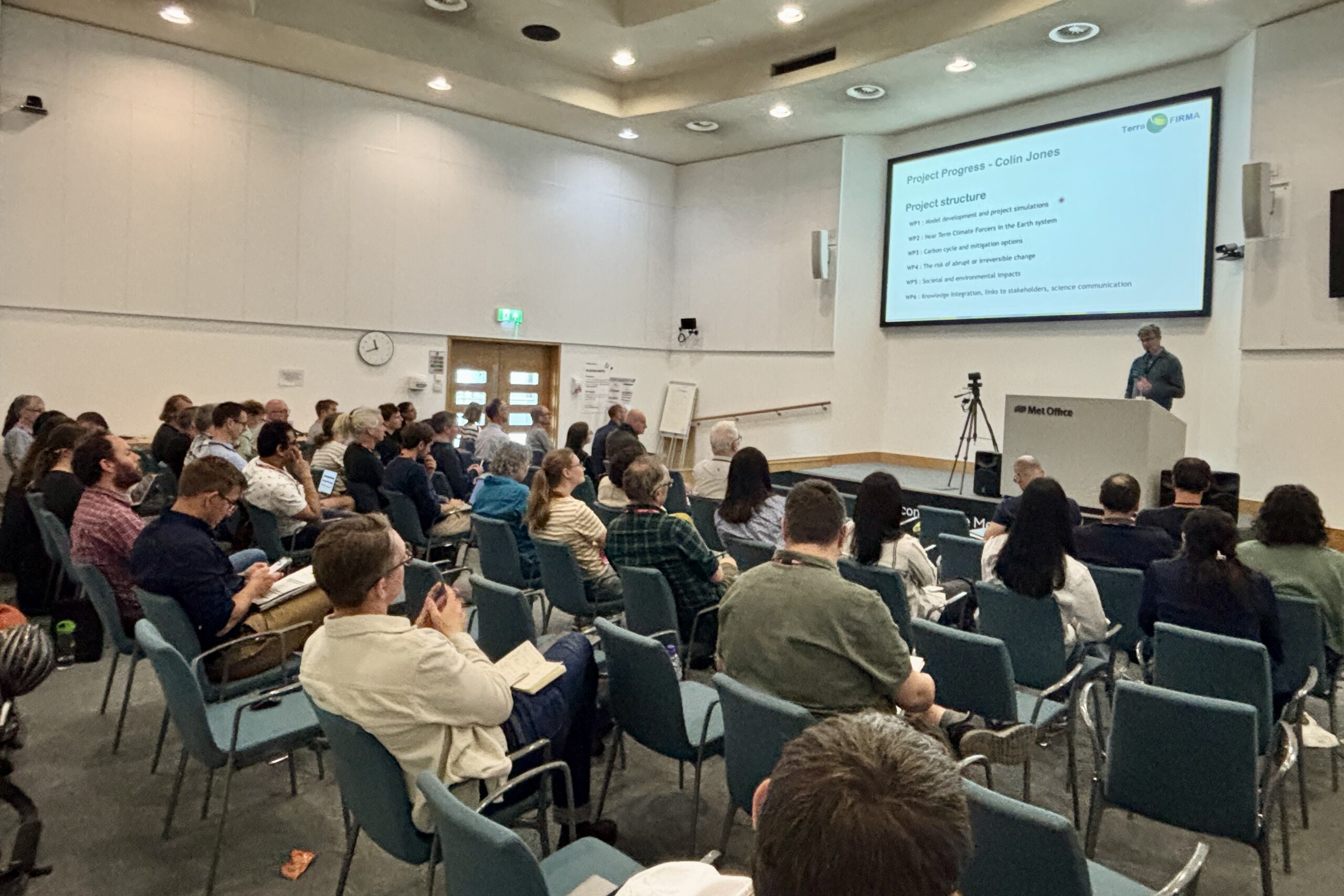News
Scenario Choice Impacts Carbon Allocation Projection at Global Warming Levels
Lee de Mora
Plymouth Marine Laboratory
In the Earth system, there are four major carbon reservoirs: the atmosphere, ocean, land, and fossil fuels. As we extract and combust fossil fuels, carbon transfers from the fossil fuel reservoir into the atmosphere. From there, the carbon can remain in the atmosphere as carbon dioxide or be absorbed by the land ecosystem or the ocean. The ultimate destination of carbon in the Earth System has significant and far-reaching impacts, and can affect global warming rates, ocean acidification, plant growth, fires and more.
Models are the only tool that we have to make projections of the future climate. Many Earth system modellers from around the world contributed their data to the 6th Coupled Model Intercomparison project, CMIP6, which we used to create an ensemble of models to study the future of the carbon cycle under several emission scenarios.
We often compare these future scenarios at a given point in time, for instance the year 2050 or the year 2100. However, due to the diversity of model behaviour in CMIP, there’s a wide range of warmings rates at a given point in time. Some models will warm much faster than others, which can distort the realism and representativeness of the overall ensemble at a target time. Instead, we look at how the carbon cycle of each model behaves after 2, 3 or 4 degrees of global warming relative to the pre-industrial period. This helps to reduce the uncertainty caused by the wide spread of sensitivities and has the added benefit that our results may be more useful and relevant to policy makers.
We found that at the 2 degrees Global Warming level, the carbon allocation differs by up to 63 PgC between the CMIP6 emission scenarios. While this may not sound like a lot, it is equivalent to approximately six years’ worth of the current annual global emissions. In addition, we found that even at the same warming level, higher emissions scenarios have less carbon in the ocean and land than lower emissions scenarios.
The equilibrium climate sensitivity, ECS, is a measure of how each model warms in response to CO2, and directly impacts the global warming level exceedance year and carbon allocation. Low ECS models have more carbon in the system than high ECS models at a given warming level because low ECS models warm more slowly, so the warming threshold is reached later, which allows more emissions to accumulate in the atmosphere, ocean and land reservoirs.
This work is important for carbon budgets and mitigation strategies as they impact how much carbon the ocean and land surface could absorb at a given warming level. Carbon budgeting will be crucial for reducing the impacts of anthropogenic climate change, and these findings could have important implications for policies aimed at limiting global warming to pre-defined levels (e.g. 1.5°C above pre-industrial values).
These results are discussed in more detail in the publication:
de Mora et al. Scenario Choice Impacts Carbon Allocation Projection at Global Warming Levels, Earth System Dynamics, 2023
The video abstract for the paper is available on YouTube:


